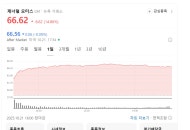Mount Kumgang in North Korea is officially a Unesco World Heritage site, the international agency announced Sunday.
The announcement was made during the 47th session of the Unesco World Heritage Committee in Paris, where the organization declared that “Mt. Kumgang - Diamond Mountain from the Sea” had been formally recognized for its “exceptional natural beauty boasting outstanding scenery of lofty peaks, plunging valleys, waterfalls, pools and striking weathered rock formations."
It further stated that the mountain is "an associative cultural landscape where there is a complex and intertwined relationship between the distinctive landforms and scenery, and the long history of Buddhism, pilgrimage and traditions of mountain worship in the Korean peninsula."
The new inscription marks North Korea’s third entry on the Unesco World Heritage list following Historic Monuments and Sites in Kaesong, inscribed in 2013, and the Complex of Koguryo Tombs, inscribed in 2004.
Mount Kumgang — whose name in English translates to Diamond Mountain for its multifaceted beauty — is located along North Korea's east coast and comprises granite peaks, deep valleys, waterfalls and woody forests. Biro Peak, its highest point, rises to 1,638 meters (5,374 feet).
The mountain is divided into three areas – Inner Kumgang, Outer Kumgang and Sea Kumgang – each with distinct elevations and climates, which make suitable habitats for both temperate and subarctic plant species, as well as diverse wildlife, some of which is native to the region.
Mount Kumgang is also dotted with remnants of Korea’s Buddhist history, including ancient temples like Jongyang Temple and Phyohun Temple as well as stone Buddha sculptures.
From a diplomatic perspective, the recent Unesco inscription comes amid an agitated period between the two Koreas centered around the mountain.
Located just 68 kilometers (42 miles) from North Korea’s border with South Korea, the mountain has been a pivotal location in recent inter-Korean relations. It was opened to South Korean tourists in 1998, when the relationship seemed to be improving. But the zone was shut down 10 years later when a South Korean tourist was shot and killed by a North Korean soldier.
Anti-South and anti-reunification sentiments have continued to worsen in recent years with North Korean leader Kim Jong-un’s "hostile two states" policy. Specifically around Mount Kumgang, Kim in 2019 ordered the removal of “shabby-looking South Korean facilities that are unpleasant to look at” from the mountain's tourist zone.
Since then, North Korea has torn down South Korean-built hotels, hot spring facilities and other tourism infrastructure owned by Hyundai Asan and the South Korean government around Mount Kumgang.
Last week, North Korea-focused website 38 North reported that the country is dismantling the inter-Korean family reunion center within the Mount Kumgang tourist zone. The reunion center opened in 2008 through an agreement reached by the two Koreas and was subsequently used for five family reunions between the North and the South.
![Mount Kumgang in North Korea [YONHAP]](https://imgnews.pstatic.net/image/640/2025/07/13/0000073324_001_20250716131619710.jpg?type=w860)


















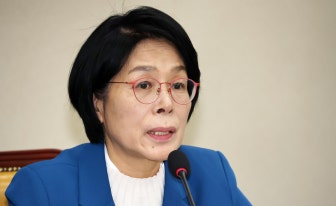
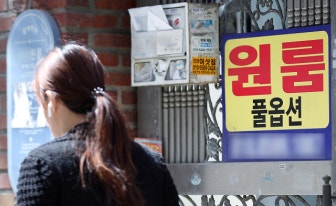

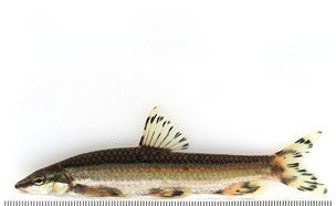
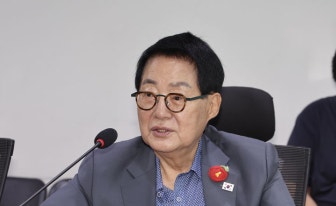
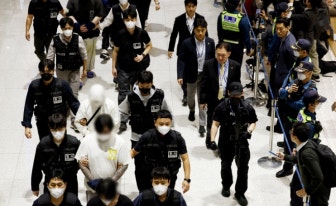
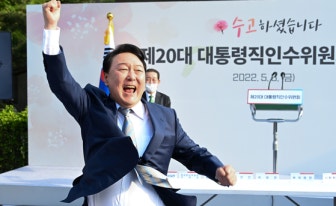
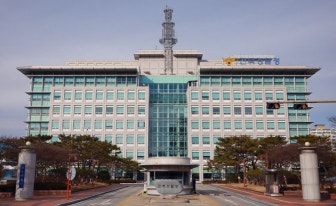

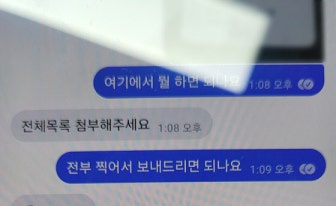
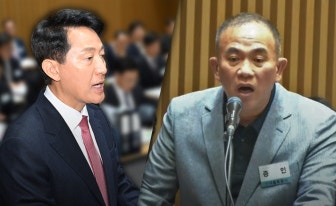
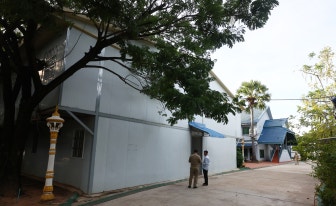
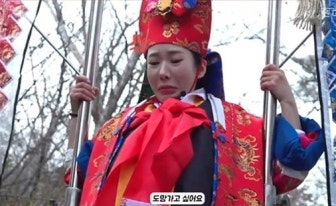


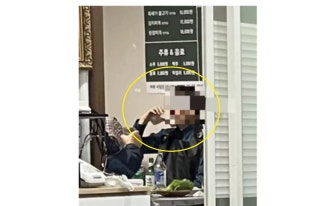




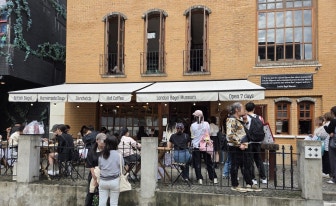


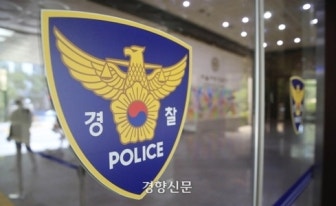

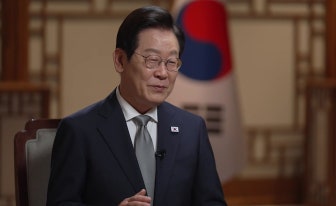

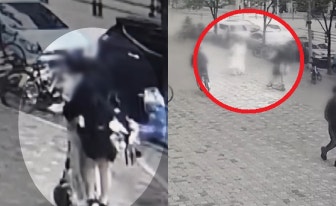

.png?type=nf190_130)


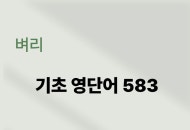

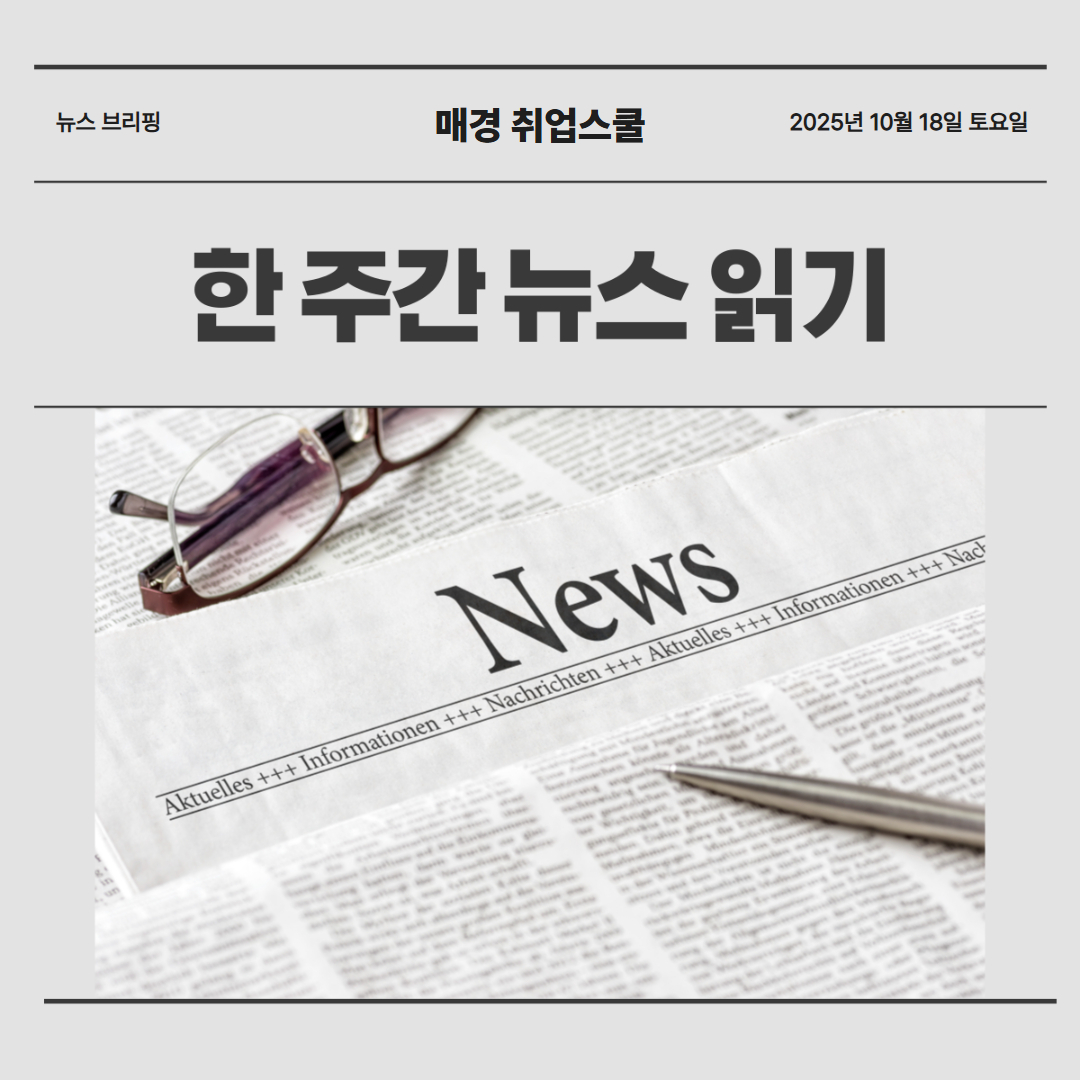.jpg?type=nf190_130)
